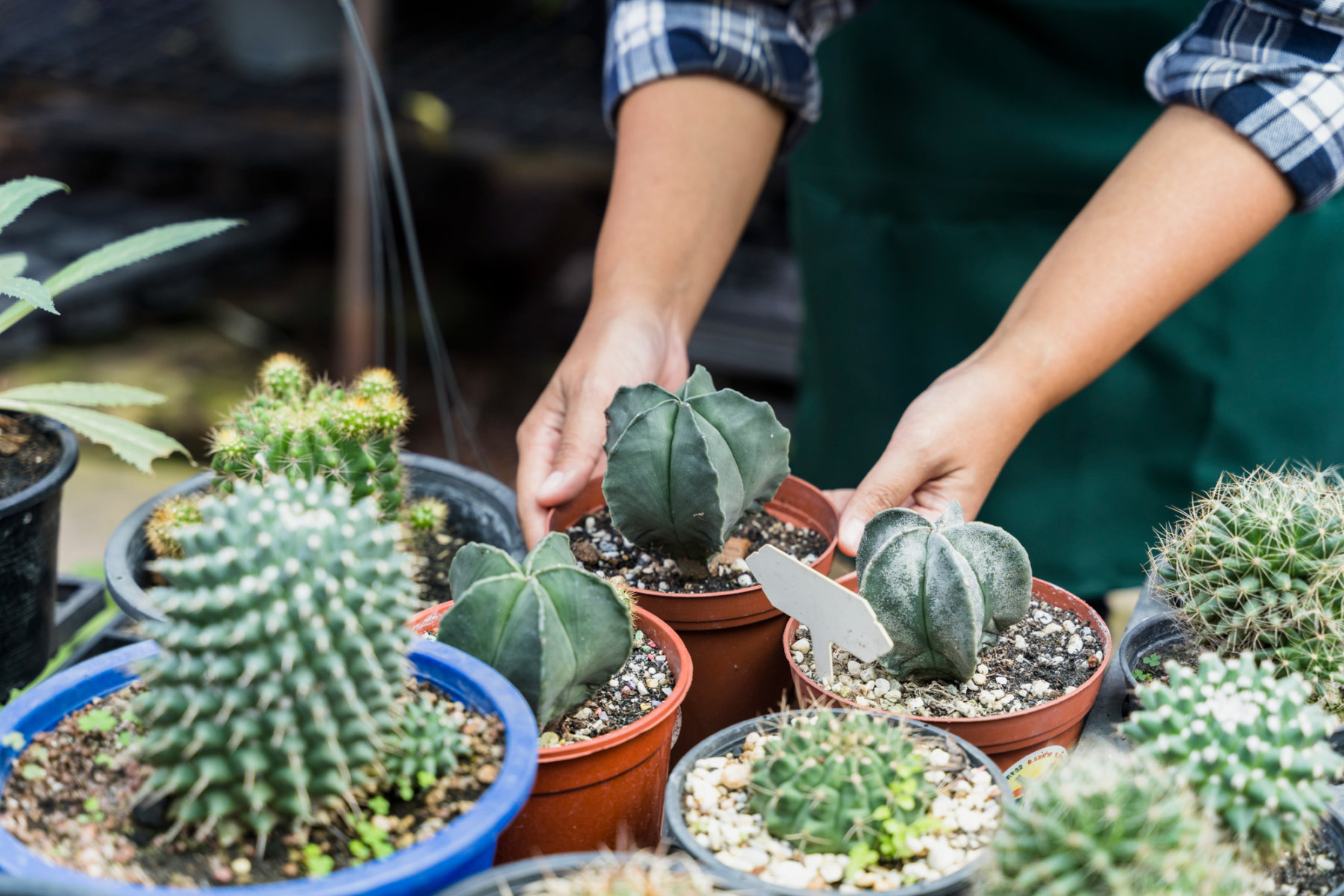How To Make Cactus Grow Faster
Cactus plants may grow slowly, but with the right care, you can help them thrive at a faster pace. To make your cactus grow faster, give it strong sunlight, well-draining soil, careful watering, and proper nutrients. These simple steps create the best environment for steady, healthy growth.
You’ll learn how cactus growth works, what conditions matter most, and which techniques actually make a difference. By understanding how light, temperature, and soil affect your plant, you can adjust your care routine to match its natural rhythm.
This guide will show how to encourage faster growth without harming your cactus. From optimizing light exposure to spotting early signs of stress, you’ll gain practical ways to keep your cactus growing strong year after year.
Understanding Cactus Growth
Cactus growth depends on water use efficiency, light exposure, and temperature stability. These plants adapt to dry climates by storing water and slowing down their metabolism to survive long droughts. You can better support healthy cactus growth by knowing how they develop, why they grow slowly, and what growth rate to expect.
Growth Stages of Cacti
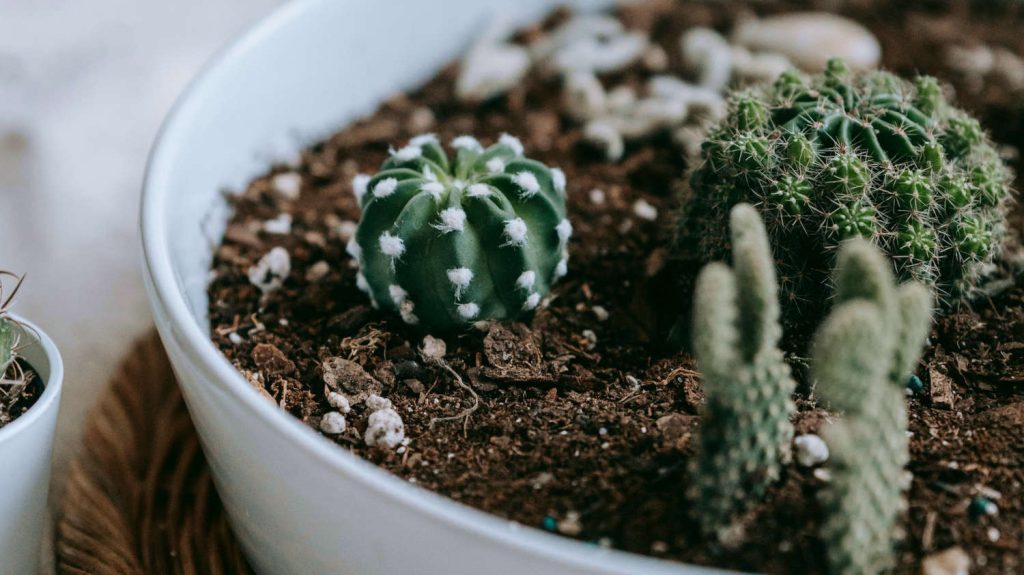
Cacti start life as tiny seeds that sprout only under the right warmth and moisture. In this stage, roots form first to anchor the plant and absorb water. Growth above the soil remains minimal until the root system strengthens.
Once established, young cacti enter a juvenile stage. You’ll see small spines and thicker stems that begin to store water. Growth becomes more visible if the cactus receives steady light and well-draining soil.
Mature cacti grow slowly but steadily, focusing on stem expansion and spine development. Some species may produce flowers or offsets during this phase. Proper care, consistent sunlight, moderate watering, and nutrient balance, helps maintain healthy development through each stage.
| Stage | Main Focus | Visible Growth |
|---|---|---|
| Seedling | Root formation | Minimal |
| Juvenile | Stem thickening | Moderate |
| Mature | Flowering | Slow but steady |
Why Cacti Grow Slowly
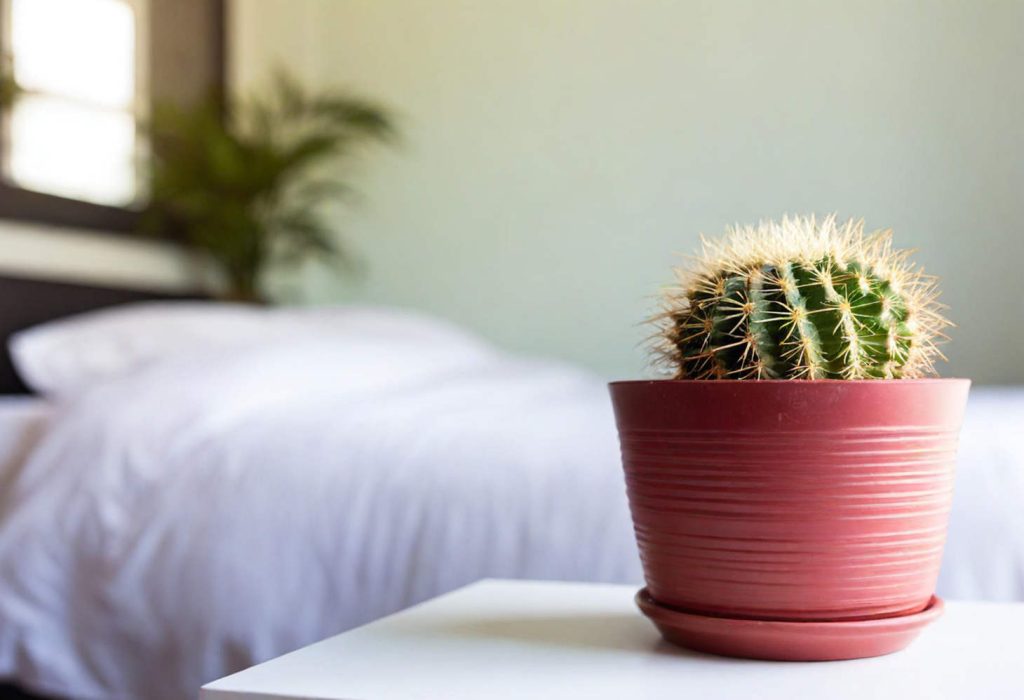
Cacti grow slowly because they evolved to survive in arid environments where water and nutrients are scarce. Their metabolism, known as Crassulacean Acid Metabolism (CAM), allows them to open pores at night to reduce water loss. This process conserves moisture but limits how fast they can photosynthesize.
Their thick, waxy skin and water-storing tissues prevent dehydration but make rapid growth difficult. Limited rainfall and nutrient-poor soil further restrict how quickly new tissue forms.
In home settings, slow growth continues if light or temperature conditions are poor. You can slightly speed it up by giving your cactus bright, indirect sunlight, using well-draining soil, and watering only when the soil is dry.
How Fast Do Cactus Grow
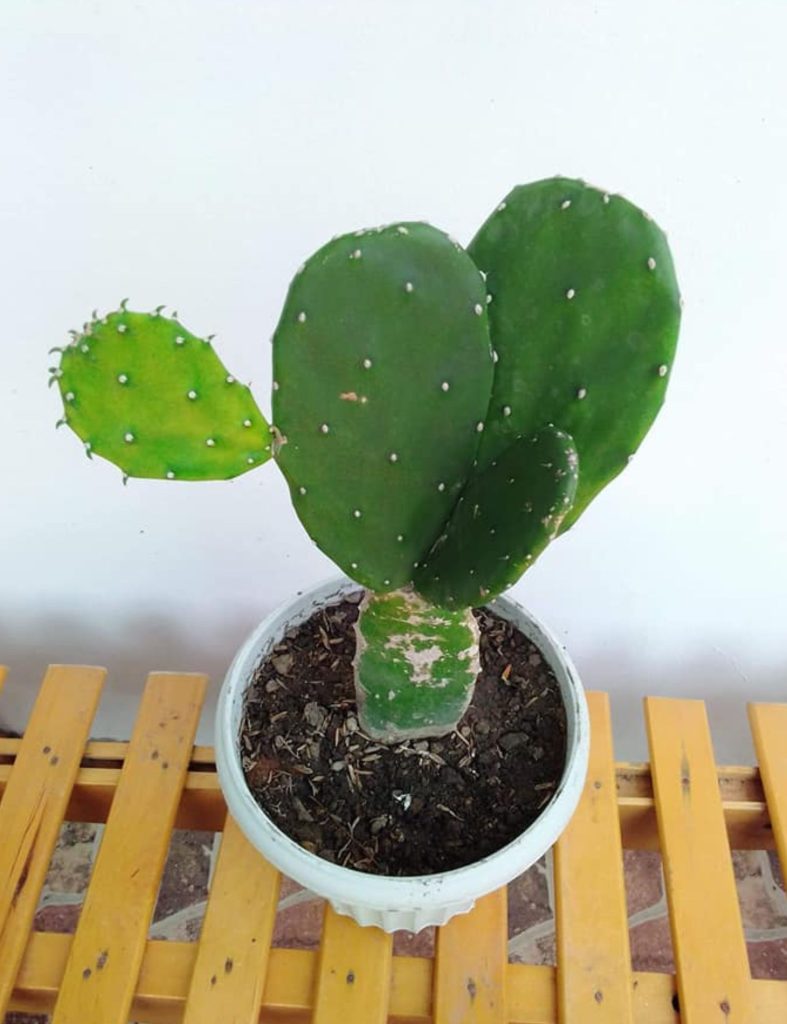
Most cacti grow from a few inches to about a foot (30 cm) per year, depending on species and environment. Fast-growing types like Opuntia (Prickly Pear Cactus) may add several inches annually, while slow growers such as Saguaro might take decades to reach full size.
Growth rates often increase during spring and summer, when light and warmth support active photosynthesis. In cooler months, growth nearly stops as the plant conserves energy.
You can track progress by measuring height or stem diameter every few months. Consistent care, adequate sunlight, proper watering, and occasional feeding, helps maintain steady growth without stressing the plant.
Essential Conditions to Make Cactus Grow Faster
Cactus plants grow best when they receive strong sunlight, have soil that drains quickly, and follow a careful watering schedule. These conditions help the plant use water efficiently, support healthy root systems, and maintain steady growth.
Optimal Sunlight and Photosynthesis
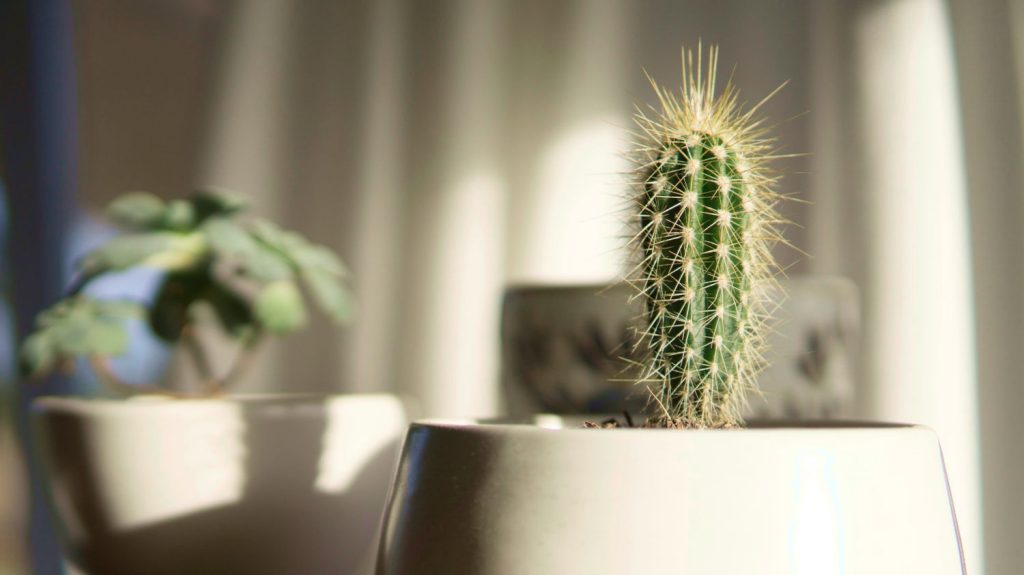
Cacti depend on sunlight to perform photosynthesis, which fuels growth. While many desert species thrive on several hours of direct, bright light daily, forest cacti prefer bright, indirect light. Place your cactus near a sunny window or outdoors where it can receive bright, unfiltered light.
If natural light is limited, use a full-spectrum grow light for 10–12 hours daily. Adjust the light’s height based on its intensity; maintain a distance where the plant receives ample light without risking scorching.
Monitor color changes. A healthy cactus stays firm and evenly green. Pale or yellow skin often means too much light, while dark, stretched growth shows too little. Adjust placement gradually to avoid shock.
Tip: Rotate the pot weekly so all sides receive equal light exposure. This promotes balanced growth and prevents leaning.
Choosing Well-Draining Soil
Cactus care depends on soil that dries quickly. Use a well-draining soil mix containing coarse sand, perlite, or pumice. These materials prevent water from pooling around the roots.
Avoid heavy garden soil or clay-based mixes. They trap moisture and lead to root rot. A good ratio is 2 parts coarse sand, 2 parts perlite, 1 part potting soil, 1 part coarse grit (such as chicken grit or clay).
You can also buy commercial cactus soil. Check that it feels gritty and loose when squeezed. Before planting, make sure your pot has drainage holes to allow excess water to escape easily.
Proper Watering Techniques
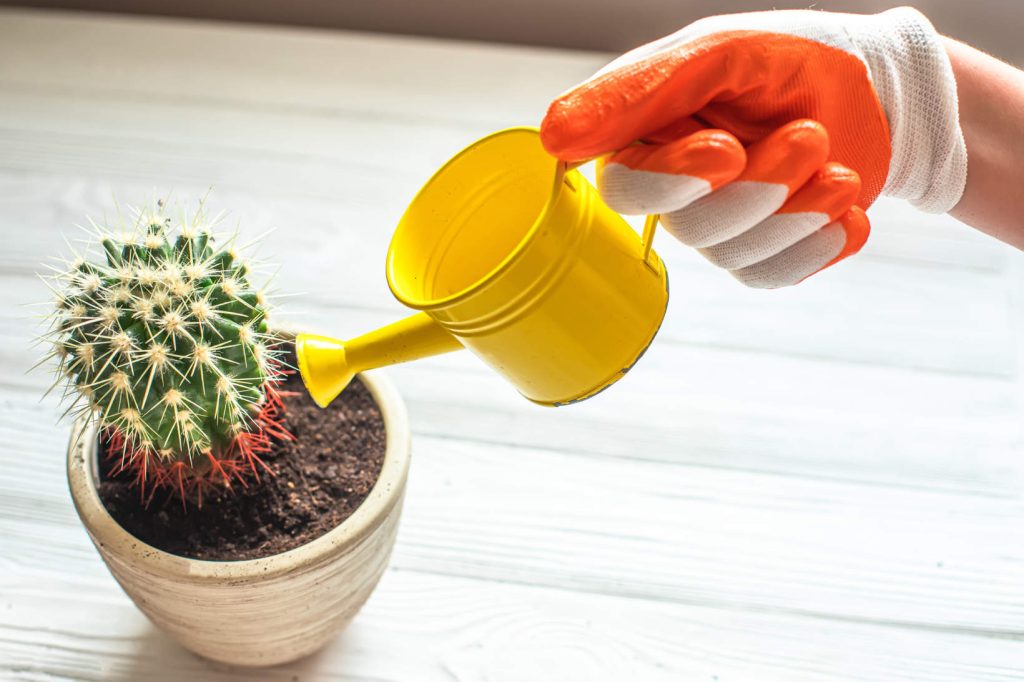
Watering affects cactus growth more than most other factors. Cacti prefer deep but infrequent watering that mimics desert rainfall. Soak the soil until water drains from the bottom, then let it dry completely before watering again.
During spring and summer, water every 2–4 weeks depending on temperature and humidity. In cooler months, reduce watering to once every 4–6 weeks or less.
Always check moisture by inserting a finger about an inch into the soil. If it feels dry, it’s time to water. Overwatering is the most common mistake in cactus care, leading to soft stems and root decay.
Use room-temperature water and avoid misting. While most desert cacti absorb water through their roots, misting may provide humidity for some species, but is not the primary way they hydrate.
Techniques and Strategies to Accelerate Growth
To support faster cactus growth, you need to balance nutrients, manage plant structure, and create conditions that encourage new root and shoot development. Careful feeding, pruning, and propagation help your cactus stay healthy and grow more efficiently.
Fertilizing for Healthy Growth
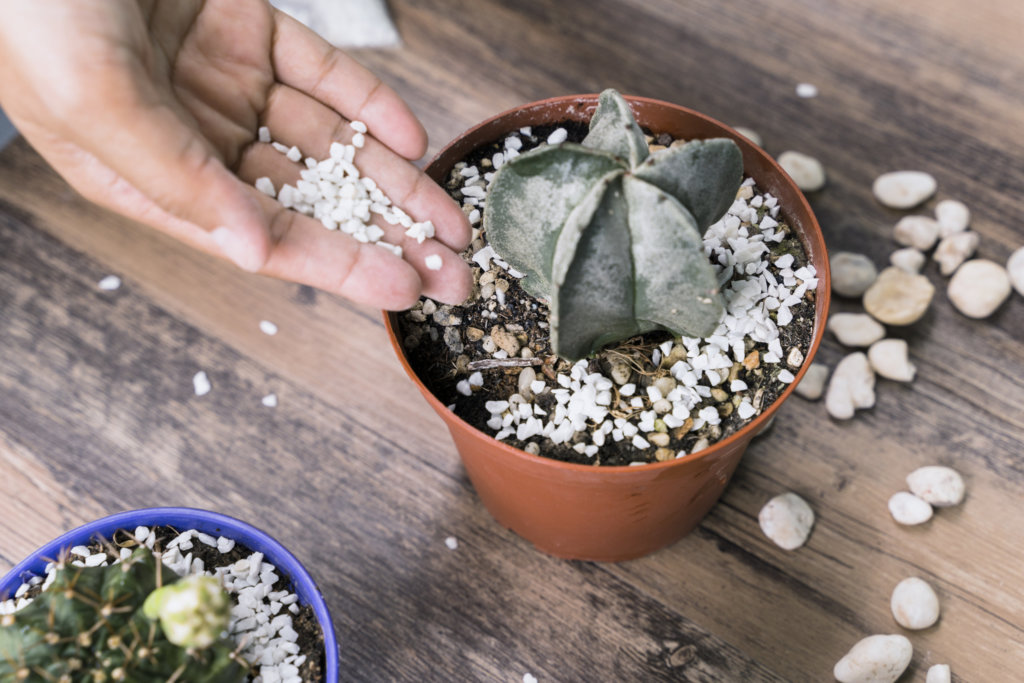
Cacti need nutrients, but too much fertilizer can cause weak or distorted growth. Use a balanced, diluted fertilizer with low nitrogen content, such as a 5-10-10 mix. Apply it during the active growing season, usually spring and summer, about once a month.
Avoid feeding during winter when growth slows. Over-fertilizing can lead to salt buildup in the soil, which harms the roots. Flush the soil with water every few months to remove excess minerals.
Organic options, like compost tea or worm castings, provide gentle nutrition and improve soil texture. Always water before fertilizing to prevent root burn. Consistent, moderate feeding supports stronger stems and better color without forcing unnatural growth.
Pruning and Repotting Practices
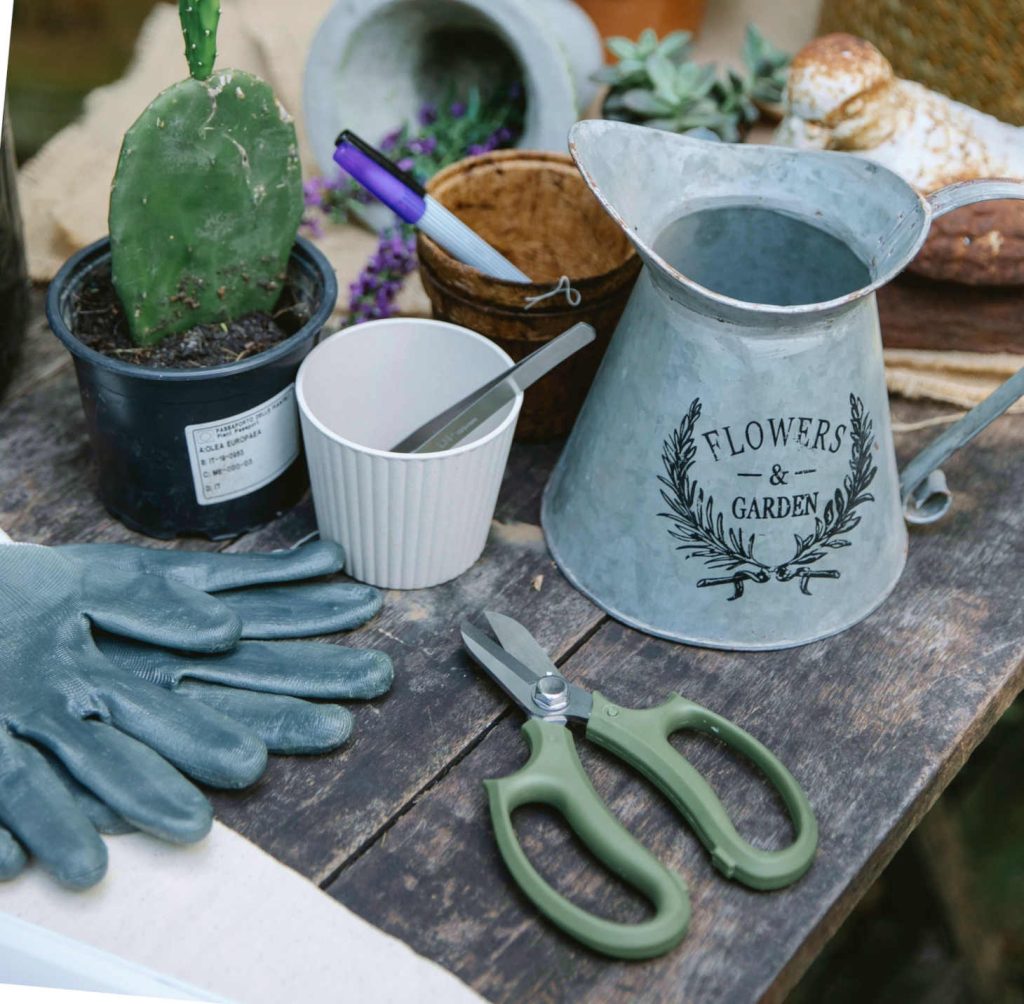
Pruning helps your cactus focus energy on healthy tissue. Remove dead, damaged, or diseased sections with clean, sharp tools. This prevents rot and improves airflow around the plant.
Repot your cactus every 2-3 years or when roots fill the container. Choose a well-draining cactus mix and a pot with drainage holes. Repotting refreshes the soil and gives roots space to expand, which supports faster growth.
When repotting, inspect roots for signs of rot or pests. Trim any soft or blackened parts before placing the cactus in new soil. After repotting, wait a few days before watering to reduce stress and allow roots to heal.
Propagation Methods

Propagation lets you grow new cacti while stimulating parent plant recovery. You can use cuttings, offsets, or seeds depending on the species. Cuttings and offsets grow faster than seeds, making them ideal for quicker results.
To propagate from cuttings, allow the cut end to dry and callus for several days before planting in a sandy, well-draining mix. Keep the soil mostly dry until roots form.
Offsets, or “pups,” can be separated from the base of mature plants. Replant them in small pots and provide bright, indirect light. Proper propagation not only multiplies your collection but also encourages stronger, more vigorous cactus growth.
Troubleshooting and Advanced Tips
Cactus plants sometimes grow slowly due to poor conditions, pests, or improper care. By identifying problems early, adjusting the environment, and tracking progress, you can make your cactus grow faster and stay healthy.
Common Growth Problems and Solutions
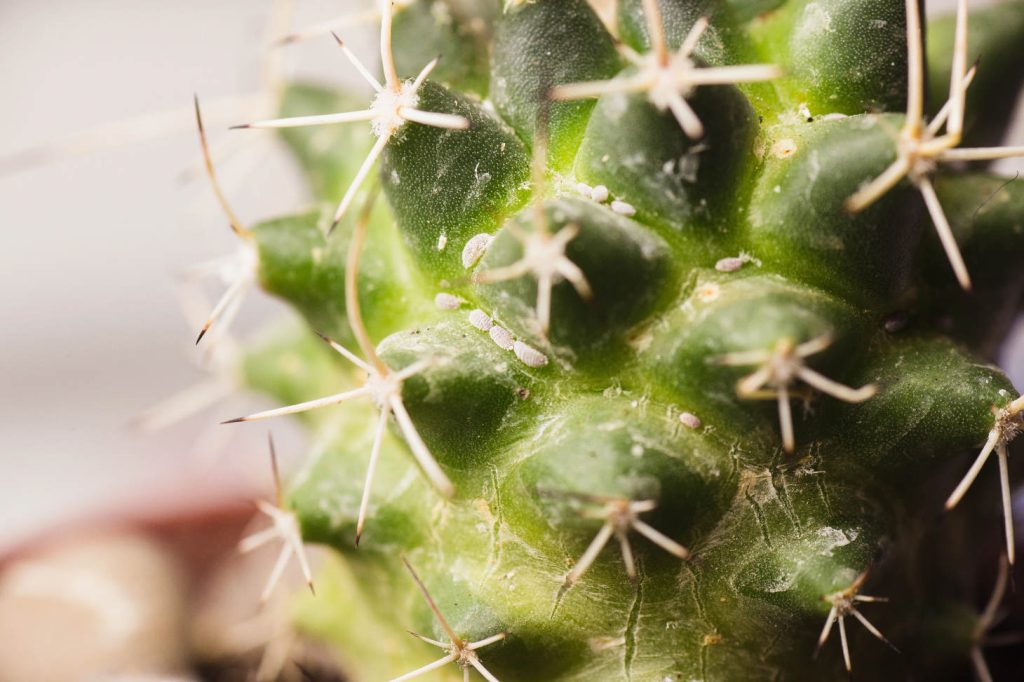
Slow growth often happens when roots can’t breathe or absorb nutrients. Use well-draining soil and a pot with drainage holes to prevent root rot. If the soil stays wet for days, repot using a more aerated, gritty mix.
Check for pests like mealybugs or spider mites. Remove them with a cotton swab dipped in rubbing alcohol. For larger infestations, apply a mild insecticidal soap.
If your cactus looks pale or shriveled, it may not get enough light or water. Give it at least 6 hours of sunlight daily and water only when the soil is completely dry. Avoid overwatering, which can cause soft, mushy stems.
| Problem | Likely Cause | Simple Fix |
|---|---|---|
| Yellowing | Too much water/Poor drainage | Let soil dry completely |
| Wrinkling/Shriveling | Too little water | Deeply water once, then wait |
| No new growth | Low light or poor soil | Move to brighter spot, refresh mix |
Monitoring and Maintaining Healthy Cacti
Track growth by measuring height or new pads every few months. Record changes in a notebook or digital log to spot trends or issues early.
Inspect your cactus regularly for color changes, softness, or pests. Early detection helps you correct problems before they slow growth.
Clean dust from the surface with a soft brush or compressed air so the plant can absorb more sunlight. Rotate the pot every few weeks to ensure even exposure. Consistent monitoring keeps your cactus healthy and supports steady growth over time.

